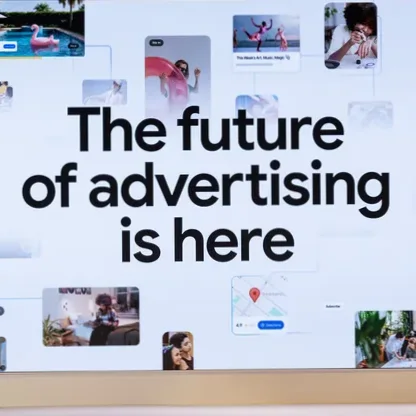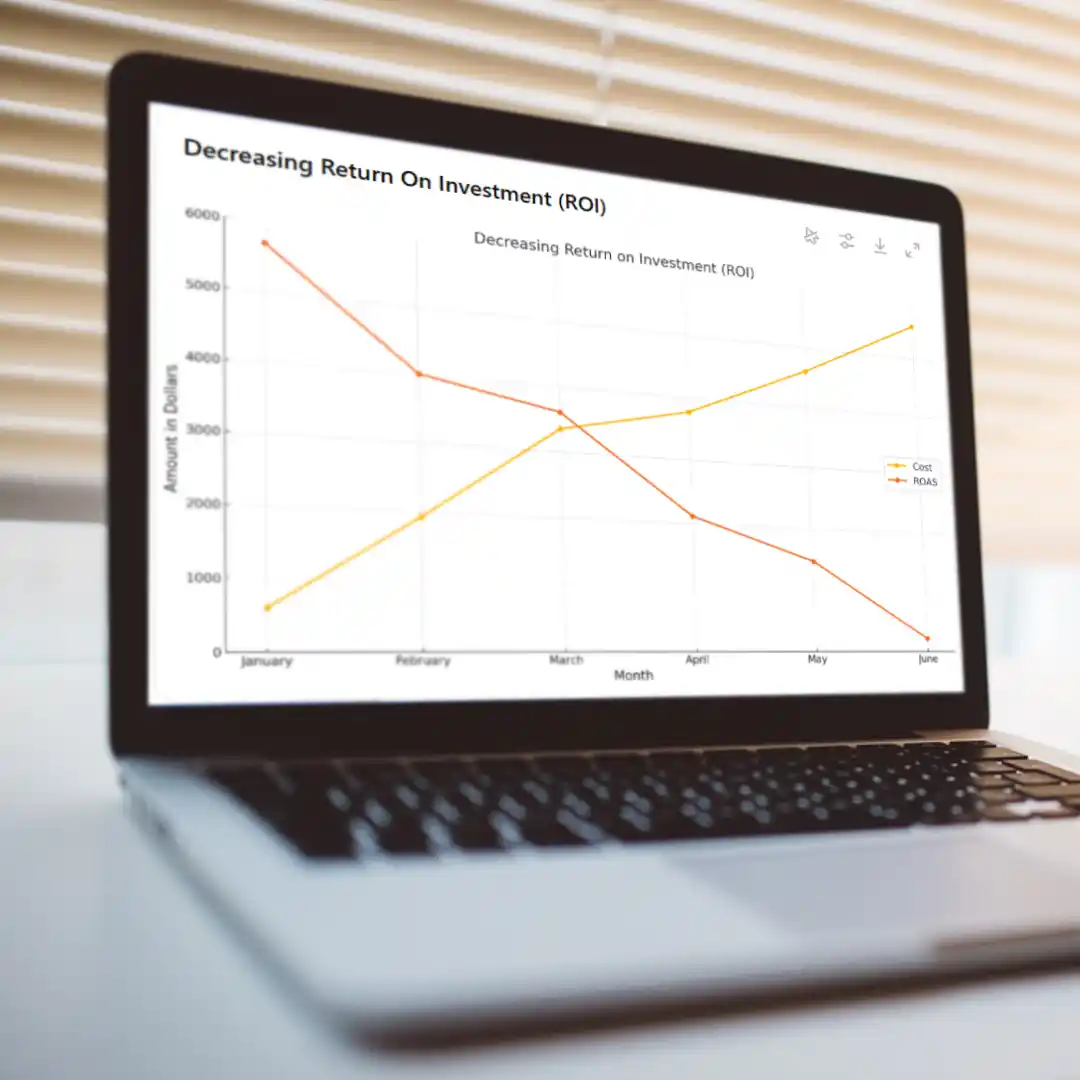When it came into effect, the GDPR provoked a Y2K-esque panic. For companies utilizing personal data in their daily operations, the new regulation was a harbinger of daunting change even before most people understood its full scope. Now, having spent a couple years in the aftermath, it’s clear that one of the GDPR’s most significant effects was to permanently alter how entities collect third- and first-party data.
It took time, but we see these effects reverberating even as I write this post: for example, Facebook’s advertising system is in shambles and Google is removing third-party data utilities and replacing them with machine learning and crowd anonymizing. The shift to first-party data is here to stay. If you don’t want to get left behind, it’s time to prioritize first-party in data collection and change your advertising to match.
What Is First- Vs. Third-Party Data?
First-party data is acquired directly, with consent, from the customer. If a visitor on your website fills out a form or signs up for an email list, all the data you’ve gathered is considered first-party data (because you gathered it).
In contrast, third-party data was gathered by someone with a completely separate relationship to your customer: a social medium, aggregator, or other company. They collect information about your activities, selling it to other businesses for ad targeting.
As users learn more about the way their information has historically been exploited by advertisers and data collectors, they are pushing back. It’s becoming more urgent for individual companies (not to mention advertising platforms like Google, who would love to be seen as leading the charge for user privacy) to meet a higher standard of diligence with personal data; not only for appearance’s sake, but because it will soon be essential for most avenues of online advertising.
How Do I Collect First-Party Data?
There are innumerable different ways to obtain first-party data, but here are a few you might not have considered:
Offline transactions
By asking for a customer’s email/phone number, giving them a QR code, or suggesting they utilize paperless receipts, you’re connecting their offline purchasing behavior with their online identity and combining your data to get a much clearer picture of who they are.
Website interactions
Without even needing to know who your individual users are, you can record valuable data like clicks, views, time spent on certain pages, and cart activity. This will give your business an excellent sense of how customers are spending time and interacting with your website and potentially reveal valuable information about which products to boost or remove or which pages to advertise.
Single Sign-On, or SSO
You can give customers the option to sign into your website with their Google or Facebook account. They get a quick and seamless login and payment method, while you get data like their name, location, demographic, and potentially even hobbies and interests.
Then, of course, there are surveys, contests, social media campaigns, customer feedback and rewards programs, and countless other opportunities to collect powerful, consented data.
A Smart Priority Shift
Even if third-party data weren’t being phased out, there are other good reasons for prioritizing first-party data collection. It’s more accurate, drives more efficient conversions, and aids in personalization; an important factor when 80% of customers say they’re more likely to purchase from brands that offer personalized experiences.
Gathering first-party data also means forming a relationship of sorts with your customers or clients. It’s up to you to define the terms of this relationship, but keep in mind that most businesses prioritize retaining current customers to gaining new ones for a reason: on average, a mere 20% of your customers will be responsible for 80% of a business’s profit.
Building Better Ad Campaigns with First-Party Data
Once you’ve got first-party data, you have to know how to organize and use it. One way is through marketing automation. Platforms like SharpSpring (which we use) allow businesses to catalogue customers as their data rolls in, construct detailed profiles for individual users, and tailor things like email content to user name, location, and demographics.
There are also ways to use the first-party data you currently have to predict the behavior of future customers with techniques like lookalike modelling, where you use the demographic data you’ve collected to create customer archetypes that you can then target with advertisements. For example, you might find that many of your customers are women in the 45-60 age range, and you could use this knowledge to build an ad campaign specifically targeting them on the social media platforms where this demographic is most prevalent.
Consider your business type and choose which approach works best for you. As third-party data continues to fall by the wayside, you’ll be glad you’re connected more closely with your customers.





